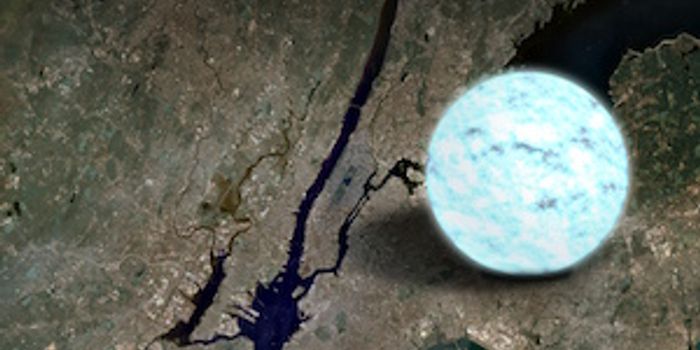Nature-Based Management Of Rivers Has Potential To Combat The Water Crisis
Water scarcity has been called “the single greatest threat to food security, human health and natural ecosystems.” But it’s just one piece in the broader picture of the degradation of ecosystems that’s occurring around the world. The United Nations highlighted this global quandary in the UN Decade on Ecosystem Restoration, which aims to prevent, halt and reverse the degradation of ecosystems on every continent and in every ocean.
Water resources management is a key part of that mission. A recent study from Macquarie University reviewed almost 1,000 peer-reviewed papers on the topic of river management from Australia’s national stream management conference over the last 30 years, from 1996-2021. The authors paint a picture of an industry in flux, on a “meandering pathway,” not unlike the rivers studied in each of the papers.
Looking at river management trends in collaboration, transdisciplinary knowledge, diversity of input and perspectives, adaptive management, interaction with policy, and responses to natural events, they find increasing collaboration, diversity and interdisciplinarity in the industry.
The authors made five recommendations to support the UN’s broader goals to protect and restore water-related systems for 2030. Among the recommendations were suggestions to implement nature-based solutions and to work holistically to create communities of practice. “Inclusion and participation of diverse communities and stakeholders in stream management must continue to increase,” the paper states.
A recent historic flood in New South Wales exemplified the results that can come with these recommendations. The 120-kilometre Wollombi Brook experienced one of its biggest floods on record in July 2022 — with minimal impacts. "Yes, there was widespread inundation, but the flood waters were slower and the vegetation prevented large scale erosion and sediment movement,” said professor Kirstie Fryirs, first author on the paper.
The Wollombi Brook, which drains a catchment area within the Hunter Valley and flows into Hunter River, has been the site of community-wide nature-based rehabilitation for more than 20 years, a fact that Fryirs says “played a role in this outcome.” She continues, “It is one of the best examples in Australia of sustainable environmental restoration in the management of rivers.”
The case study represents the approach to river management that we must move towards to meet the UN’s river health goals — and for the longer-term sustainability of water management around the globe. "It's important," says research fellow Dr. Kathryn Russell, "as part of the worldwide effort to achieve river sustainability and resilience to drought, fire and flood."
Sources: International Journal of Water Resources Development, United Nations, Communications Earth & Environment, Science Daily, NSW Government








